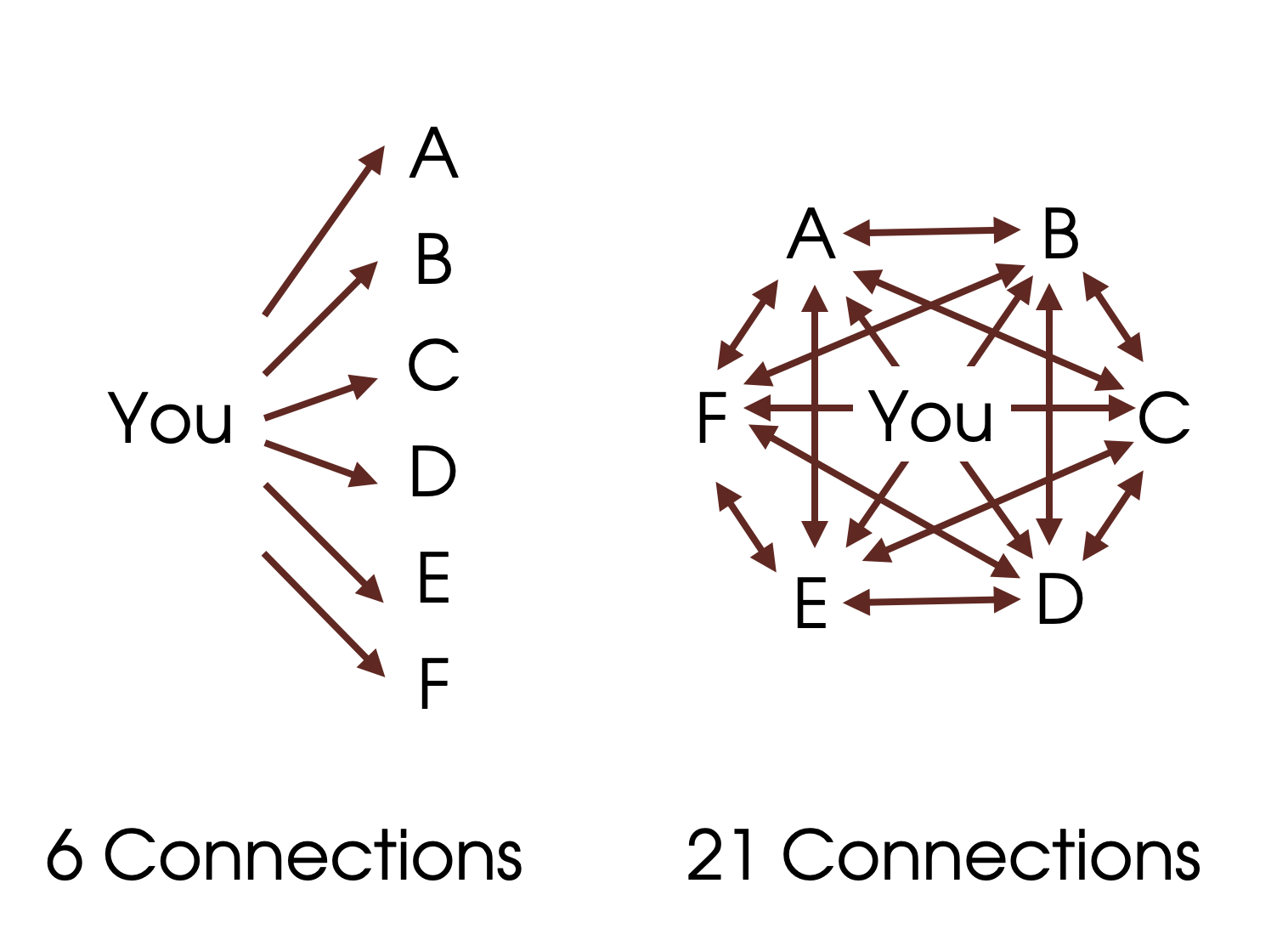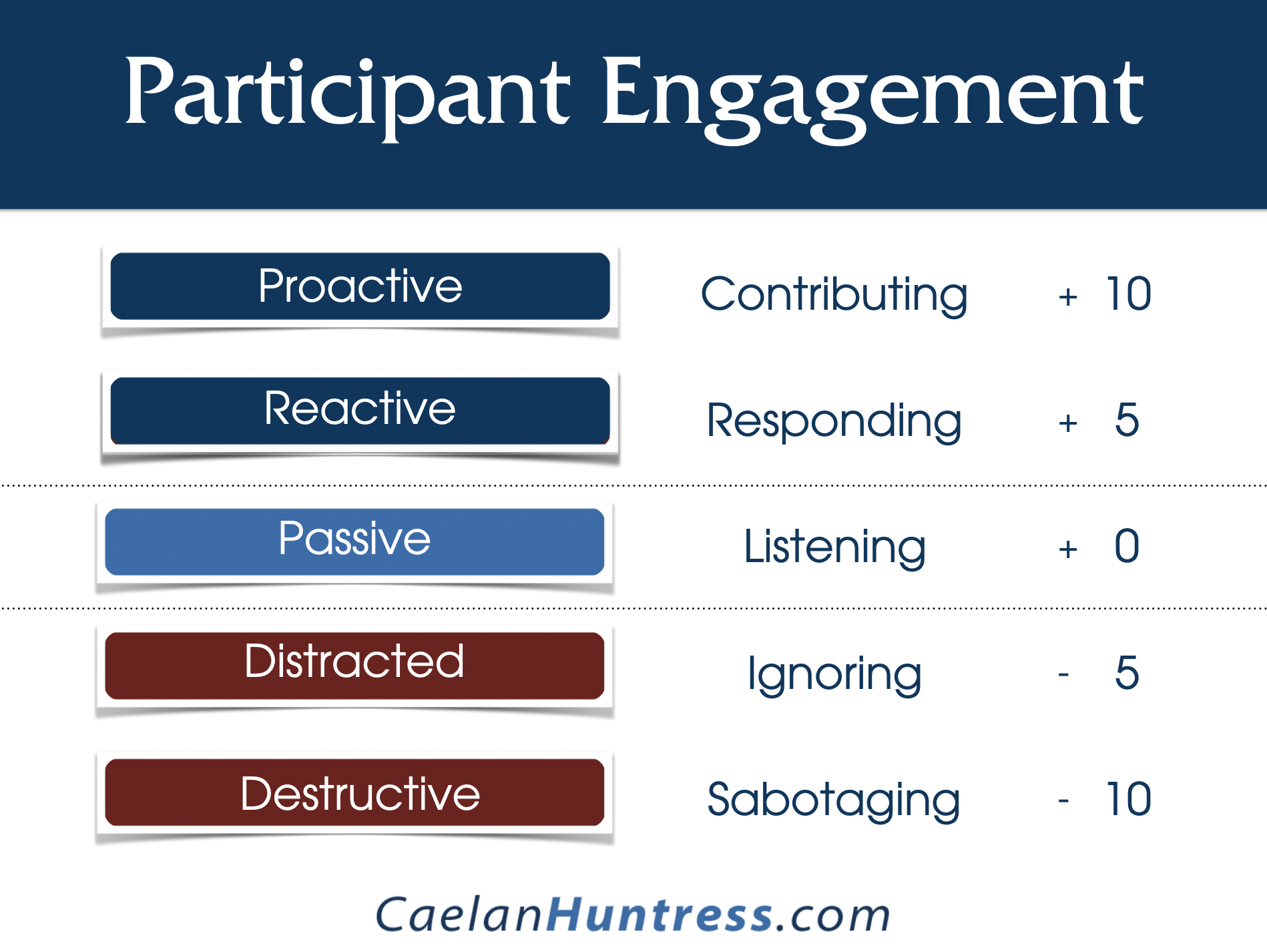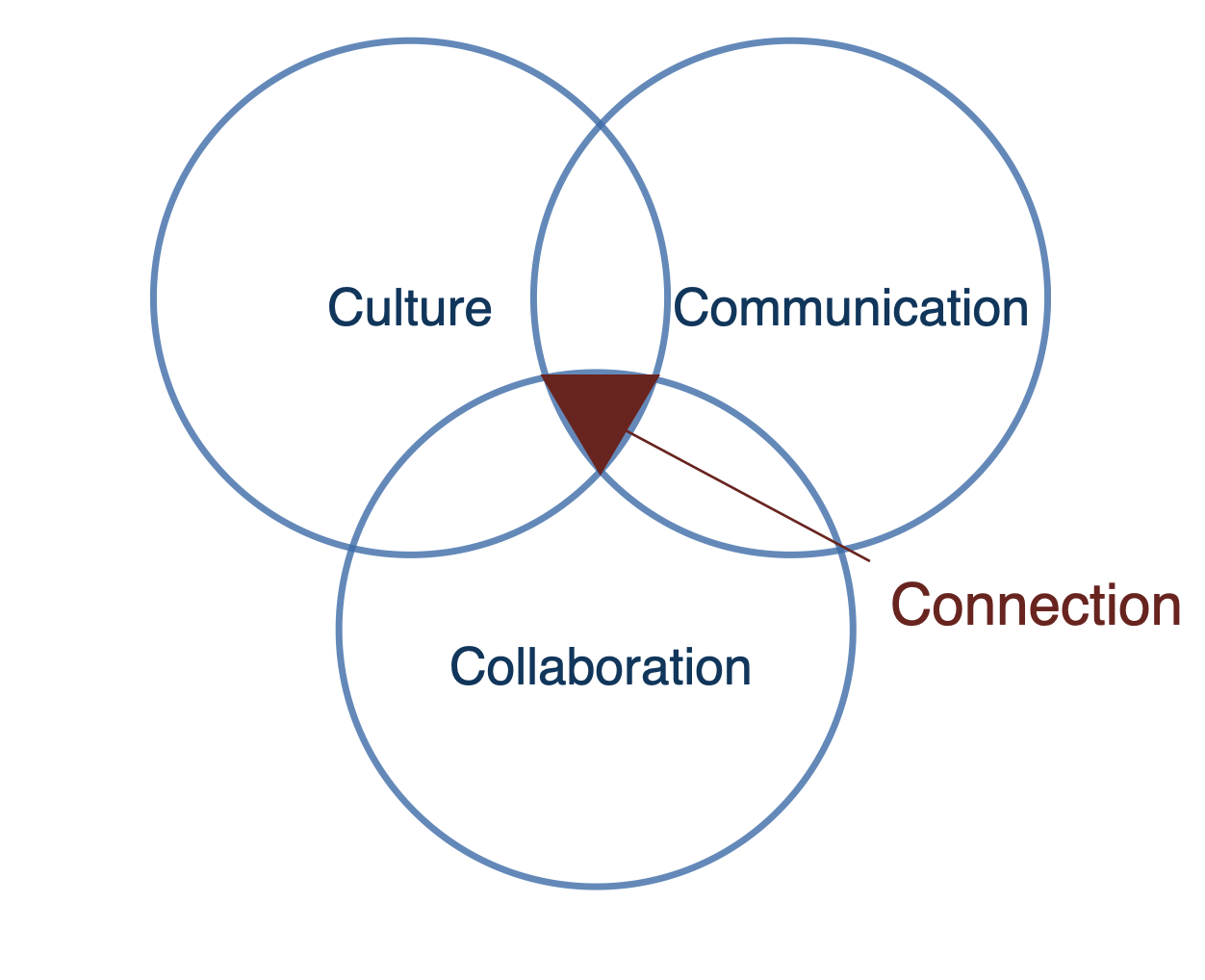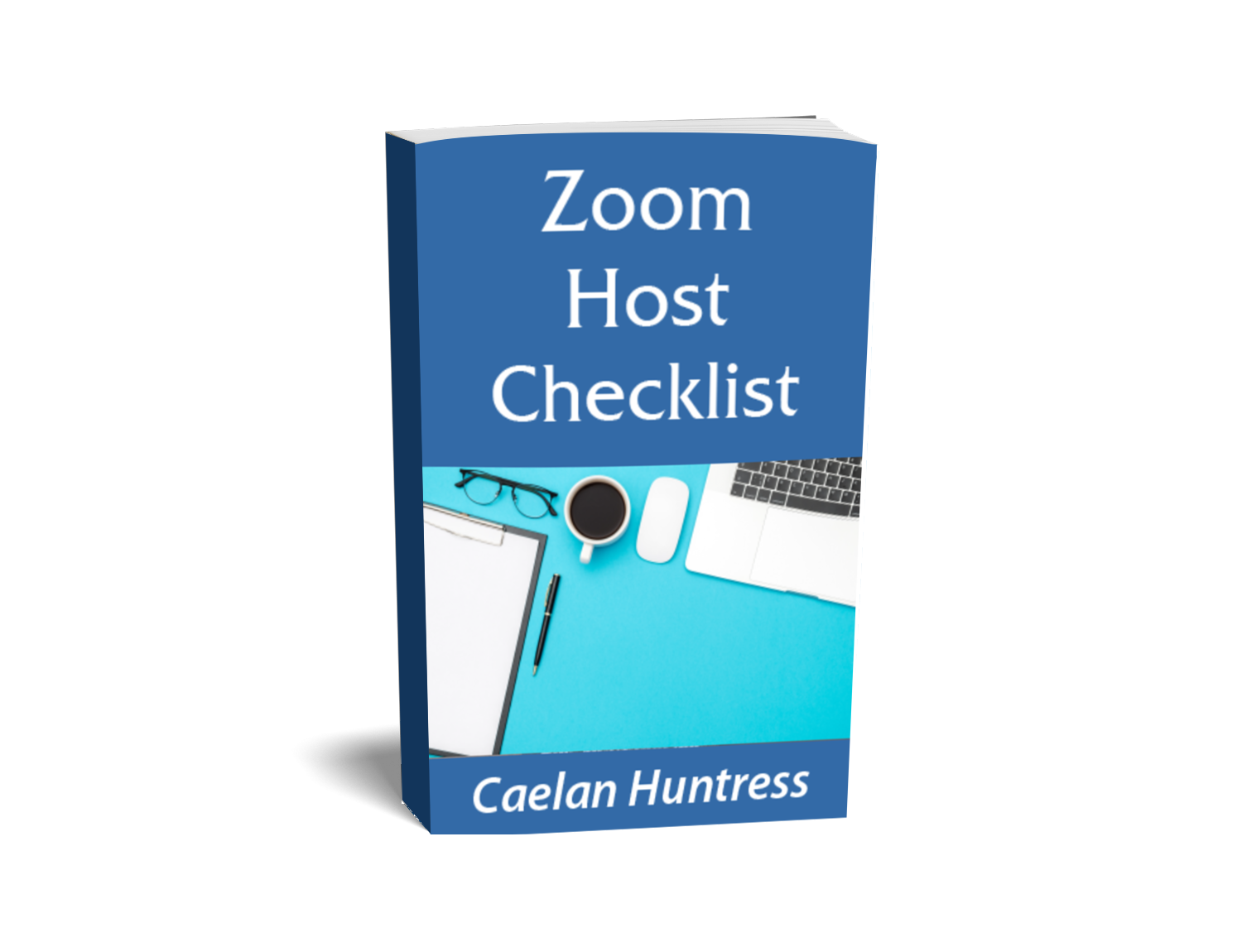Once upon a time, we could gather around a table and ask everyone to put away their devices. Before starting a presentation, meeting, or conversation, we could ask everyone to shut their laptops. They put their phones on silent mode and looked at us with their own eyes.
Not anymore.
In 2020, we cannot ask people to put away their devices to listen and pay attention. It is through these devices that we meet with one another.
The Challenges of Videoconferencing
At least 70% of communication is nonverbal, and we can’t interpret it through Zoom. The subtle cues we used to use in person when we were sitting in the same room, are now ineffective.
According to a 2014 paper by the International Journal of Human-Computer Studies, a poor internet connection with a delay of more than 1.2 seconds is bad news. A slow internet connection is subconsciously interpreted by others as you being less focused and less friendly.
Ever since quarantine started, people have been in back-to-back Zoom calls. We are trying to fabricate the same level of productivity and connection that we had last year. It’s challenging because things have significantly changed in how we meet.
We don’t share space.
We don’t share breath.
We only share the present moment.
If we leverage that unique advantage — meeting at the same moment — we can make our virtual meetings into a lively event. But first, we have to deal with distraction.
We Meet One Click Away From Addiction
Every Zoom meeting is one click away from the most highly addictive interactive experiences known to humanity. It’s like hosting an Alcoholics Anonymous meeting right next to a bar.
- 34% of Facebook users were on the app within the last 10 minutes.
- 40% of Americans look at their phones within five minutes of waking up.
- That number rises to 65% for people under 35 years of age.
The recent Netflix documentary The Social Dilemma showed us that we are being psychologically manipulated by the programs and applications in our electronic devices. When you lead a virtual meeting, you are competing against these addictive experiences for attention.
Social apps and email notifications promise novelty. There is something new to see, that little ding says. In the long, bland quarantine, we crave something new to distract us from the long, monotonous now.
Have you ever tried to have a conversation with a kid on an iPad? They might give you some of their attention, but not all of it. The attendees of your virtual meetings have deep psychological needs that can be fulfilled by the other browser tabs open on their computer. Can you compete with that?
Monotony Leads to Zoom Fatigue
Every gathering has three factors: the People, the Place, and the Purpose.

All of our gatherings, no matter who they’re with or what they’re for, are all happening in the same place.
Fatigue sets in when everything is the same.
Imagine if you go to a bar, says Gianpietro Petriglieri, and in that same bar, you talk with your professors, meet your parents, and date someone.
Isn’t that weird? That’s what we’re doing now.
Without variety, we get bored. We are stuck in what psychologists call ‘continuous partial attention.’ We are unable to fully focus on anything, and we are bored by everything.
The only way we can disturb people out of Zoom Fatigue is by leveraging the present moment.
Webinar replays are competing with YouTube and Netflix for attention. They offer the same passive experience: you watch something pre-recorded, that happened in the past.
I am confident that your webinar replays are not as good as what’s on Netflix.
But a live meeting, happening right now, has something unique that Netflix and YouTube cannot replicate: interaction.
Create A Theatrical Event With Your Virtual Meeting
A theatrical event makes things matter, right now.
In his classic book on theatrical art, The Empty Space, Peter Brook defines four different theatres:
- Deadly
- Holy
- Rough
- Immediate
Nobody has been able to bring a camera into a theater and replicate the theatrical event. It just doesn’t work. A camera recording may preserve what happened in the theatre, but the four theatres can’t get translated through a camera to make something deadly, holy, rough, and immediate.
The Deadly Theatre has high stakes. If the actor trips or forgets a line, we’re right there in the room with them, and we are a part of the moment.
The Holy Theatre is sacred. What’s happening in the moment is something that matters to the characters, and possibly, to us.
The Rough Theatre is real. It doesn’t have polished edges. If a performer stutters or stumbles, that becomes part of the performance.
The Immediate Theatre happens now. Right now, at this moment that we’re sharing together, and no time else.
If you have these four theatres inside of empty space, says Peter Brook, then you command the attention of everyone sharing that space with you.
Live theater is different than a YouTube replay
Think about sitting in an audience with hundreds of other strangers. When a spotlight picks someone out of the crowd, suddenly, it matters. Suddenly the stakes are high. It’s immediate. It’s rough. It could be deadly.
When you’re in a Zoom meeting, and someone calls on a member of the audience to participate, volunteer, or contribute, suddenly it matters. The stakes are higher. This might be rough. It’s happening right now.
Watching a webinar replay is not immediate. There are no stakes because it’s already happened in the past. We will be completely unaffected by anything that happens during the replay.
If your meeting is one-way communication, just as interactive as a passive webinar replay, you face the same issues. You are competing for attention against email notifications and Facebook.
But if a live Zoom meeting is a theatrical event, there’s potential for unexpected things to happen. That’s what makes users forget about their Facebook feed.
According to a Forrester study, users are willing to watch live videos for 10 to 20 times longer than pre-recorded videos. The stakes are higher because, at the present moment, it matters.
Case Study: An actual theatrical event
One of the best theatrical events I ever saw was during a one-man show. I don’t remember who was performing, or anything about the show, but I remember he was performing in a ‘black box’ theater. Many theatres have small, intimate spaces that seat a few dozen people, so they can focus on the performance instead of the spectacle. To minimize distractions, the tiny room is literally a black box.
There was a door backstage that led to the bathrooms. It was the only exit for anyone in the audience, which meant you had to cross the performance area in order to get out.
Twenty minutes into this performance, a member of the audience stood up, obviously intoxicated, and had to leave to use the bathroom. He stumbled onto the stage. The performer stopped and turned to look at him, and the drunken man shook his head, held up a hand, and said, “I’m sorry man,” and walked out the exit door backstage.
That moment was high stakes.
It was rough. It was immediate. It was something that could never happen in a video recording of a performance.
It happened while all of us were there in the audience, and we shared that moment.
That moment mattered.
It mattered so much, I don’t remember anything else from the performance. But I do remember that one moment when the fourth wall was broken. When the needs of someone in the audience superseded the plans of the performer.
That theatrical event was deadly, and holy, and rough, and immediate.
How can a Zoom Meeting be a Theatrical Event?
Here are three ideas:
1. Ask questions that matter
You’ve heard the old adage: we have two ears and one mouth, so you should listen more than you talk.
Asking questions collects attention. You can ignore someone else’s monologue, but you can’t ignore a dialogue if you’re taking part in it.
Reflecting and responding lets you verbalize what you are experiencing in your own words. That response can only happen in the present moment. That’s what makes it special.
As Benjamin Franklin used to say, “Tell me and I forget. Teach me and I remember. Involve me and I learn.”
Alison Wood Brooks studied 300 conversations while at Harvard Business School. She found that those who were asked to follow up questions were rated much more likable.
“Question asking is powerful. There are very few evidence based prescriptions, or interventions that can make people more emotionally intelligent, but asking questions is one of them.” Alison Wood Brooks
2. Invite Contribution From Participants
When people contribute, they are invested in the outcome.
The members of Alcoholics Anonymous attend an average of 2.5 meetings per week. People are 18% more likely to succeed at staying sober if they are helping another member.
If AA meetings were passive, and you only attended to listen, they would not behave a good success rate. It is because the AA format invites the contribution that people are willing to go to meetings. Helping others, and interacting increases the likelihood of success.
Being asked to contribute helps alcoholics overcome a competing psychological addiction. (There’s a good lesson here.)
Facilitating discussion will create an exponential increase in impact. If someone is listening to you, they may be persuaded. But to make someone into an advocate, they need to participate.

If you are in a room with six other people, and you talk at them from a stage, there are only six connections: one between you and each person present.
But if you facilitate a discussion so that people can respond to each other, there are 21 connections, with the same number of people.
Seven people can provide six connections if communication is all one-way, or 21 connections if you collaborate. Which would you prefer?
Think about how silly the stories are in Mad Libs. You provide a series of words before knowing what the story is — nouns, verbs, adjectives, and so on. Using the words you chose, you fill in the blanks in a pre-written story. Reading it aloud is silly and fun.
But if I just read you a story from someone else’s Mad Libs, you wouldn’t be that entertained. It’s just bizarre nonsense. It is only when you participate when you help contribute the words, then it becomes hilarious. Why is it funny? Your contribution helped to create something absurd.
Derek Sivers has a great three-minute explanation of the ‘First Follower.’ If this crazy guy at a music festival was just dancing alone, and saying, “Hey everybody, watch me!” it wouldn’t have turned into a movement. It was when others were allowed to contribute and were greeted as equals, that this new movement really took hold.
3. Play Games and Have Fun
Play changes your state and improves your attention.
This is why schools have recess breaks. According to a 2006 study by Pellegrini and Holmes, kids pay more attention after recess. They measured elementary school students before and after a 20-minute recess break and found improved attention after play. Their ability to absorb and interpret what they were being told by their teachers was increased.
Curiously, they did not see the same results after a PE class. A physical education class incorporates movement (which is what they were testing for), but it is also structured. A teacher tells you what to do.
What’s different about recess is that it’s self-motivated, and the only goal is fun. If you get bored with doing something, you can immediately transition into doing something else. That agency of being able to decide what to do is what gives us a cognitive boost.
“When it’s used strategically, play is how we make work more effective.” — Melissa Dinwiddie
You can prevent cognitive fatigue by increasing variety and novelty in your virtual meetings.
Whenever I host a virtual meeting, I always introduce a game. When I see people’s eyes glaze over during a Zoom meeting, taking a one to two-minute break to play a silly game will amplify everyone’s energy. This also allows us to reconnect as a group.
Play is the antidote to Zoom Fatigue.
How To Move Up The Engagement Ladder

If we consider the dynamics of a meeting, people either find it interesting, or they find it boring. There’s either going to be something happening that they like, or they’re going to resentfully attend because it’s necessary.
There are two more extremes beyond interesting and boring. People can find it repulsive if it’s out of alignment with their values. Beyond interesting, people can find it compulsive, if it fills some need within them.
Move people up the ladder of engagement by asking them to contribute.
This is why smart hosts ask at the beginning of a meeting, ‘Can you see my slides? Show me a thumbs-up. Where in the world are you? Type your city in the chatbox.’
They know that meetings continue how they begin.
If you invite engagement early, it is easier to get people to continue to engage. If you wait to invite contribution until after their attention has wandered elsewhere on the Internet, it is much more difficult to get their attention.
Zoom is our collective meeting hall
Our remote communities have become the most important in quarantine. We connect with all of our distributed communities via Zoom.

All of our cultures are now remote-first.
With remote-first communities, connection happens in an overlap between culture, collaboration, and communication.
From the start of 2020 to today, Zoom has had 30x growth in daily participants. In 2019, they had 10 million daily users, and now they have more than 300 million daily users.
58% of Fortune 500 companies use Zoom, and 96% of the top US universities use it, too. We use Zoom for class reunions, family check-ins, weekly church meetings, school classes, even playgroups are connecting through Zoom.

If you are maintaining a cultural connection with your communities through Zoom, you owe it to them to show up as best you can.
My Zoom Host Checklist can help you be a better Zoom host. I’ve listed dozens of games and exercises you can use to facilitate greater interactivity and engagement from your attendees.
Download it here: https://get.caelanhuntress.com/zoom






